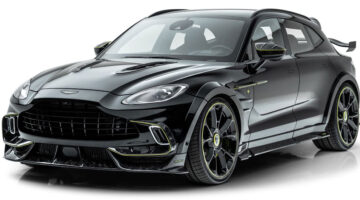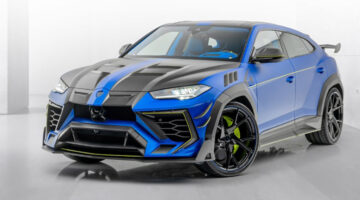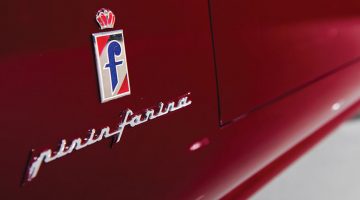crankandpiston.com grabs a few words with head of global design at Maserati Lorenzo Ramaciotti to discuss just what goes into car design, how each model has its own character, and how establishing a brand identity is trickier than you might think.
[Not a valid template]What goes into designing a car?
On the surface this sounds pretty obvious – bonnet, pillars, cheeky taillight design and a grille – but also glosses over the more intricate elements involved. How for instance do you design a car that can outdo hundreds of competitors and establish itself as ‘a bit of a looker’ whilst at the same time staying true to brand identity and customer demand?
We were interested to know how one brings all these elements together, and since Italian automotive design is regarded as one of the most characterful on the planet – with Ferrari, Alfa Romeo, Pagani and Lamborghini receiving its fair share of petrolhead kudos – we figured we’d head straight to the source by grabbing a few words with the head of global design at Maserati, Lorenzo Ramaciotti.
Don’t let the crossed arms fool you: Signore Ramaciotti is one of the most respected automotive designers currently strutting the halls today. After securing his first role in the automotive industry in 1973 with Pininfarina, the Italian had worked his way up to general manager by 1994 and was a member of the board of directors by 2002. An expansive portfolio includes the Ferrari 550 Maranello, the 360 Modena, the Enzo and the Maserati Birdcage 75th concept, as well as a further 20 concepts penned during his 17-year stint with Pininfarina. Most recently, having been encouraged out of retirement by Fiat to lead the Group’s design department, his most notable works include the Maserati GranTurismo, the fifth generation Quattroporte and the brand new Ghibli. Safe to say that whatever Lorenzo doesn’t know about automotive design probably isn’t worth knowing, especially when you consider the detail that’s gone into both Maserati’s current luxury cruiser and its new BMW 5 Series/Mercedes-Benz C-Class rivalling Ghibli.
“Design is very important in helping to build the uniqueness and recognisability of a brand,” Lorenzo begins, arms still folded. “Heritage, design, craftmanship and performance contribute to make every brand unique. And that’s what we wanted with this generation: ‘unique’. We also wanted to give each car a specific personality, rather than having a stretched or shortened version of the other. So with the Quttroporte, we wanted it to be sleek and dynamic. And I think we did because the car doesn’t look clumsy or heavy.
“That meant we also had space underneath to slip a smaller car into a segment where Maserati has never been before. We want to achieve 50,000 units sold by 2015, and the Ghibli is a cornerstone in this strategy. So with the design we wanted to play more on the aggressive side. If you look at the front, both cars have the low Maserati grille but the Ghibli has a much softer perimeter and a lower stance that is underlined by the inclination of the lights. Then we have a split line that runs through the upper part of the Ghibli which makes it much more menacing, the headlights in particular. If you look at the face of the Quattroporte, it’s much more… I won’t say ‘smiling’ but less menacing: on the Quattroporte dynamic and sporty doesn’t mean aggressive.”
So, two similar looking Maserati saloons, one of which – the smaller racier version – has been designed more menacingly to frighten its opposition, while the other – the über luxurious alternative – welcomes rather than intimidates. There’s another issue on the table though: the Trident. How, with two very different ‘personalities’ does nearly 100 years of established character shine through?
“I think there is no clear recipe,” Lorenzo continues, the arms gradually uncrossing themselves. “You can’t design cars just by recipe: you have to do it by passion. Every time we start designing a new car we try to include the brand’s heritage. The retro can give you inspiration, but then you have to make an interpretation of this under modern parameters. It’s not just about recapturing sections of old cars. It’s a way for sure, but it’s not what we do. When we did the last generation Quattroporte, we didn’t try to exactly copy the first or second models. We took inspiration from older models and put them together in a specific way: the outlets, the triangular pillar, the fuselage. It was important from all those contributions to design ‘Maserati-ness’.
“Actually the biggest challenging time came about 12 or 13 years ago when we had to restart Maserati from the bad times it had experienced. We had the chance to established foundations for the next generation of Maserati cars by bringing in a fresh look, but keeping the same sportiness, balance, attitude and proportions. Of course now we have to bring both into the future again, and sometimes this can be even more difficult!”
Story continues on page 2



